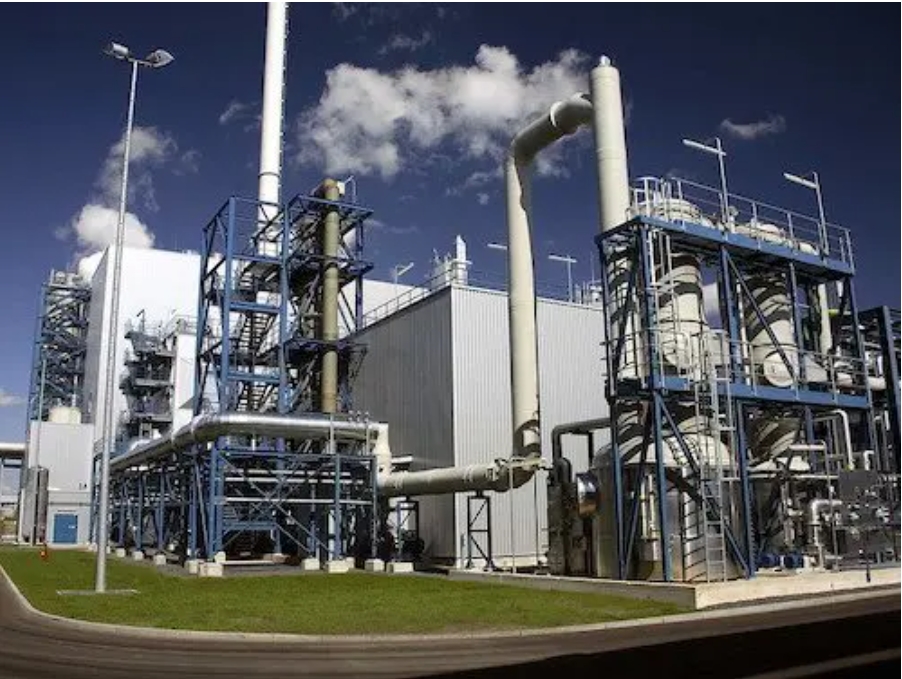
The Calgary-based oil and gas producer is “betting big” on the future of carbon capture and storage (CCS), entering a C$2-billion partnership with the Canada Growth Fund (CGF), reports The Globe and Mail.
Under the deal, Strathcona and CGF—a C$15-billion public fund meant to catalyze private sector investments in decarbonization—will split the cost of building CCS infrastructure on Strathcona’s oil sands facilities across Saskatchewan and Alberta. The Growth Fund will invest an initial $500 million towards the CCS unit at Strathcona’s oil sands facilities, “with the option to upsize its commitment to $1 billion,” it said [pdf] in a release.
Strathcona ‘Bucks the Trend’
The deal marks the first time in Canada that a heavy emitter has agreed to assume the risk of fluctuations in the carbon price, reports the Globe. It is also Canada’s first CCS project in the heavy oil sector.
Strathcona executive chair Adam Waterous said that while most oil sands companies look at CCS investments through the lens of what the carbon tax might cost them in future, he has a different view.
Canadian oil producers “have a moral obligation to reduce their emissions,” he said. So, Strathcona is making a judgment call on the average long-term value of capturing carbon.
The oil sands company said it seeks to capture and permanently store up to two million tonnes of carbon dioxide annually, allowing it to reduce the intensity of two-thirds of its emissions by 90%. Its sites near Lloydminster, Alberta, and Cold Lake, Saskatchewan, are located right above identified underground storage reservoirs, allowing carbon dioxide (CO2) to be injected directly and avoiding the cost and complications of too many pipelines.
“This partnership is a breakthrough in Canada’s journey towards decarbonizing the oil and gas sector,” Patrick Charbonneau, president and CEO of CGF Investment Management, said in the release.
He added that given the economic and environmental importance of the oil industry, which represents 9% of Canada’s GDP and 31% of its emissions, “Strathcona’s leadership is essential and worth celebrating.”
The deal “bucks the trend” in an industry that has been pushing hard for an expansion of Ottawa’s carbon contracts for difference (CCfDs) program. Under CCfDs, emitters are guaranteed “a minimum value for emissions-reduction credits earned,” which ensures a “reliable revenue stream, insulated from uncertainty about how credit markets will take shape, for investments in carbon capture and other decarbonization technologies.”
In this deal with CGF, Strathcona will repay the fund’s investment over time using cash flows from the CCS infrastructure, payments that “won’t be subject to any fixed amounts or minimum volume commitments, driven instead by the performance of each project,” writes the Globe. “Essentially, Strathcona will guarantee a fixed price of carbon to the partnership, which will shore up the cost to decarbonize its oil production and serve as a hedge to its annual carbon tax obligations.”
“There has been, in the past, a great focus on trying to have the government guarantee the price of what sequestration is going to be,” said Strathcona’s Waterous. “The reason we’re doing it is that we believe that this is a long-term investment, and that the sequestration of carbon is a very valuable community good.”
Public Funding De-Risks CCS Investment
Experts say such long-term investments will benefit companies like Strathcona as the global low-carbon economy accelerates and oil demand declines. “In that shrinking market, oil producers with the lowest costs and carbon intensities will be more competitive, so will have lower risk of their facilities becoming stranded (i.e., lower transition risk),” the Pembina Institute explained [pdf] in a 2023 backgrounder on oil sands CCS economics.
Pembina said the recent deal was a positive development, demonstrating that the public funding on offer for CCS “can fulfill its intended purpose and has the potential to spur other companies to move closer to final investment decisions.”
But public money is still being used to significantly de-risk these investments in carbon capture technology, it added, pointing to the need for transparency on financial fine print in the final deal.
“As these projects move closer to final investment decision, we would like to see more details about the financing terms, so that we can be sure that the loan will be fully repaid, and Canadians receive a return on this investment within a reasonable period,” Pembina said.
With a final investment decision expected in mid-2025, Strathcona hopes to have its CCS facility up and running sometime in 2026, reports Sustainable Biz.
CCS ‘Gold Rush’ Sows Doubts
The news of the Strathcona deal came days after Shell Canada and ATCO EnPower signed a carbon-sequestration agreement with Alberta, the first of 25 CCS hubs the province is planning for the region, reports the Globe. The agreement for the Atlas Carbon Storage Hub means the companies can now apply for regulatory approval to inject and store captured CO2 at a site 45 kilometres east of Edmonton.
Around a month ago, Shell announced it is pushing ahead with its Polaris carbon capture project, designed to capture up to 650,000 tonnes of CO2 annually from its Scotford refinery and chemicals complex, also near Edmonton.
First proposed three years ago when the CCS “gold rush” began in Alberta, Polaris will connect with the Atlas hub via a 22-kilometre pipeline.
The Globe writes that Atlas won approval despite skepticism about the sector and doubts about how many proposed facilities will be built. This comes after Capital Power cancelled a CCS project in Alberta and a Deloitte report found many CCS projects too expensive and thus “economically unviable.”
“The technology has always faced questions about how realistically it can be built on a large scale, whether it makes financial sense for governments to subsidize and whether the money would be better spent on renewable energy,” the Globe writes.
But the federal government’s plan to cut emissions by 40 to 45% below 2005 levels by 2030, en route to net-zero by 2050, calls for Canada’s CCS capacity to triple by 2030.